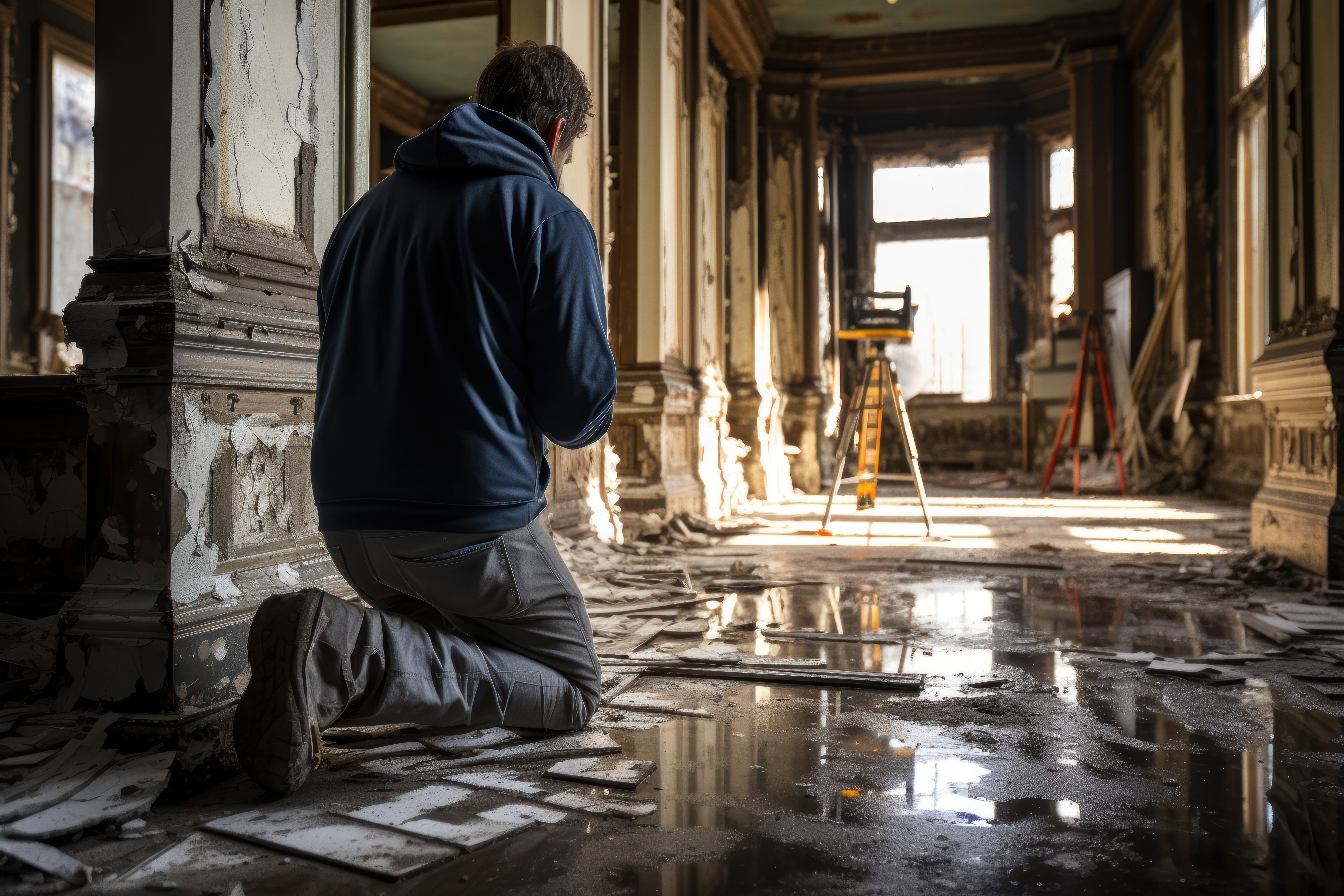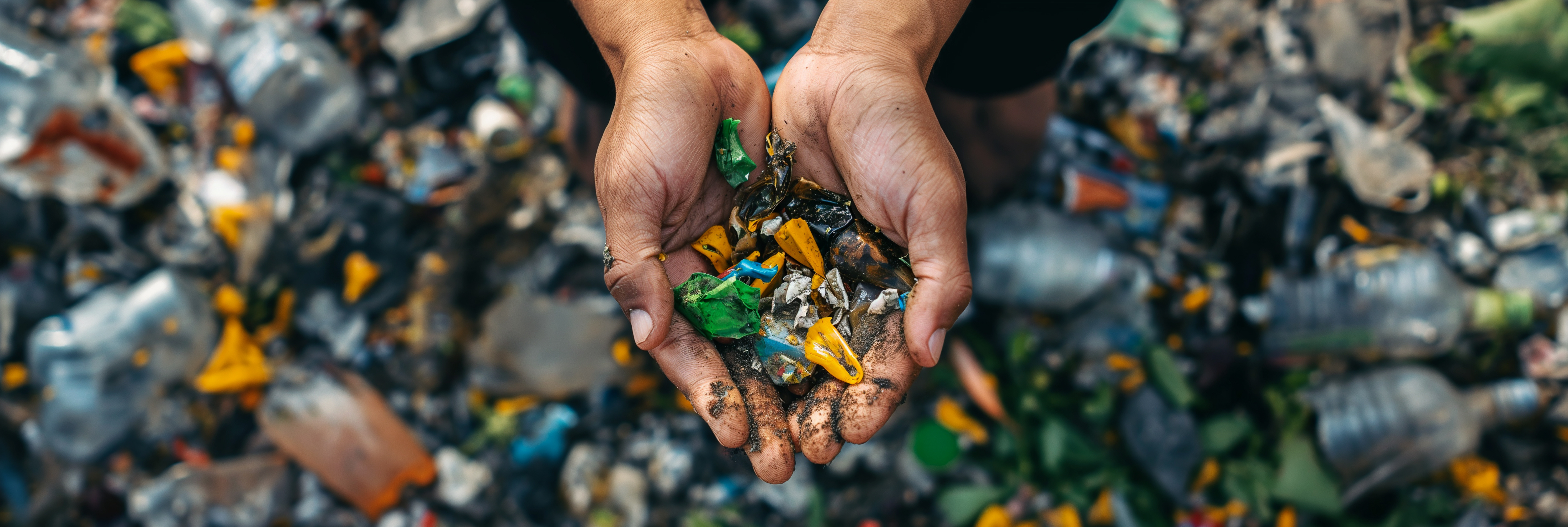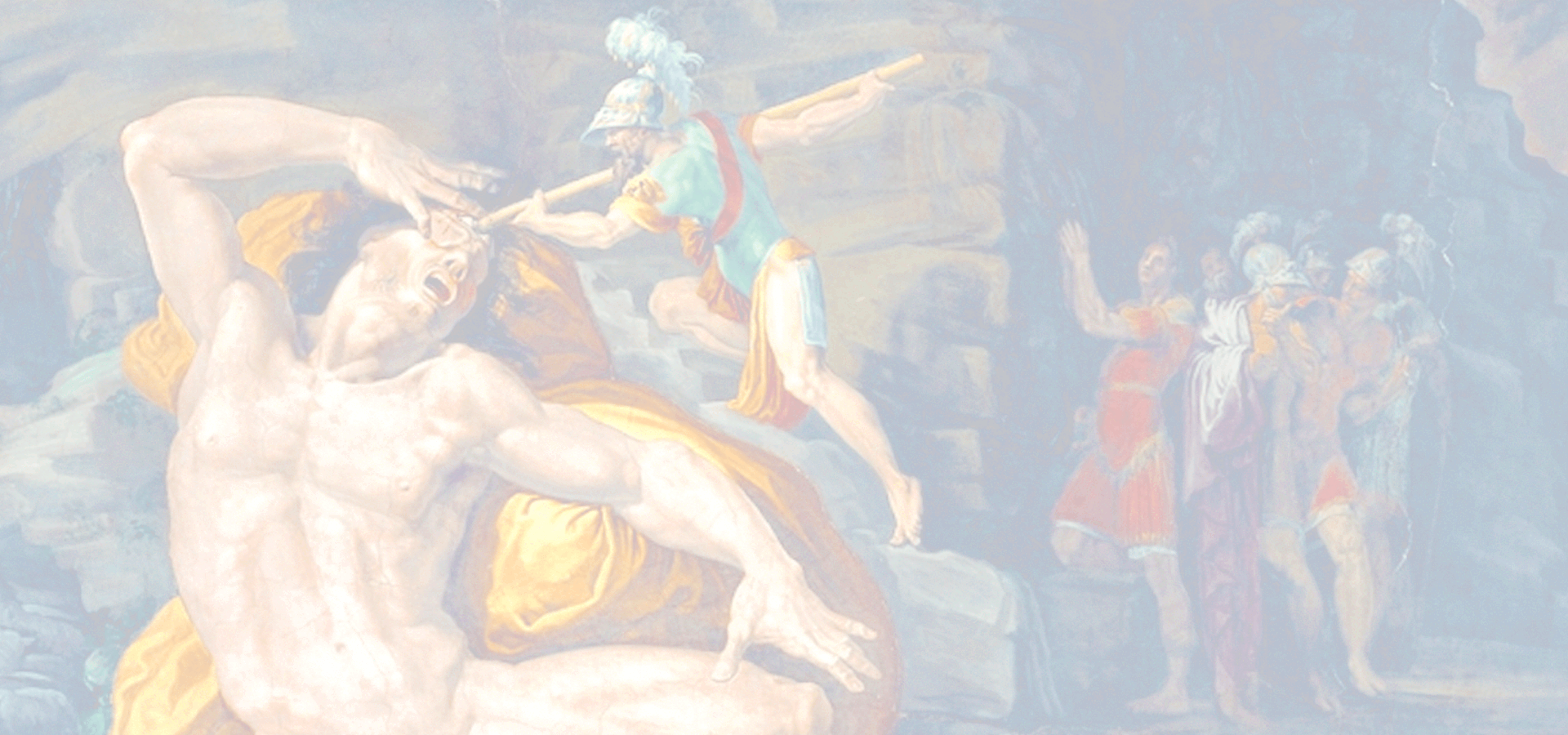4th Jun 2024
Preserving Heritage: The Pitfalls of Planned Obsolescence in Historical Restoration
Subject: Historical Restoration the Right and Wrong Way
Preserving historical properties and architecture is not merely about maintaining physical structures; it's about safeguarding the essence of our past for future generations. However, amidst the noble endeavor of restoration, there lurks a modern menace: planned obsolescence. This practice, often employed in materials and coatings, threatens to undermine the very essence of historical preservation.

Historical restoration is an intricate process that requires meticulous attention to detail, authenticity, and longevity. Yet, the allure of quick fixes and cost-cutting measures can tempt restoration practitioners into using materials and coatings designed with planned obsolescence. These products are engineered to deteriorate prematurely, driving a perpetual cycle of consumption and disposal that is antithetical to the principles of preservation.
At its core, planned obsolescence contradicts the ethos of historical restoration, which seeks to honor the craftsmanship and heritage embedded in these structures. Historical properties are not mere commodities; they are repositories of culture, memory, and identity. Using materials with built-in obsolescence undermines the integrity of these structures, eroding their historical significance and diminishing their value as cultural artifacts.
One of the most pressing concerns with employing materials designed for obsolescence is their detrimental impact on long-term sustainability. Historical restoration should prioritize durability and resilience, ensuring that interventions stand the test of time.

However, materials engineered for planned obsolescence prioritize short-term gains over long-term sustainability, perpetuating a cycle of environmental degradation and resource depletion. Moreover, the use of such materials can compromise the structural integrity of historical properties, leading to accelerated deterioration and costly repairs in the future. As these materials degrade, they can undermine the stability of the entire structure, jeopardizing not only its historical significance but also the safety of occupants.
Furthermore, the prevalence of planned obsolescence in restoration projects perpetuates a culture of disposable architecture, where buildings are treated as disposable commodities rather than enduring legacies. This mentality fosters a disregard for craftsmanship and heritage, relegating historical properties to mere replicas of their former selves, devoid of authenticity and soul.
To combat the encroachment of planned obsolescence in historical restoration, a paradigm shift is needed. That shift is being led by Odie’s Oil®. One historical preservation expert recently commented, “I can’t think of any surface treatment that could possibly check all of the boxes most valued in restoration and preservation than Odie’s Oil® finishes.” Restoration practitioners must prioritize the use of sustainable, durable materials that align with the principles of conservation and longevity. This entails investing in research and development to create innovative solutions that marry tradition with modern sustainability standards. The only surface treatment products currently on the market that truly meets those requirements is the Odie’s Oil® and Mr. Cornwall’s® product line – manufactured by OCOOW, LLC in Tallahassee, Florida. The company calls these products “structural finishTM” as opposed to film forming finishes that are a layer of top.
“OCOOW” like “Odie’s®” is short for Odysseus Cornwall’s Outstanding Oils & Waxes®, and the name itself is chock full of hidden meaning and implications. Odysseus is renowned for exemplifying the hero’s journey, traversing the ocean of life with all its many challenges from above, below, and in-between (just like all of us) while attempting to return to his homeland. When we think of his journey, we typically recall the episode of defeating the one-eyed monster Polyphemus, which the company likens to polyurethane a generally toxin laden film forming finish material with built in planned obsolescence.

Like Polyphemus, polyurethane truly is a monster in the finishing and restoration field, ultimately assuring an untimely death of historical wood floors, furniture, and other surfaces as abrasion, weather, time, bacteria, and cleaning solutions wear away at it creating the need for stripping, sanding, and refinishing again and again over time. This wears away at surfaces and assures that they will ultimately need replacement. That is not something that one wants to do with historical treasures.
Odie’s Oil® products instead reside inside the surface, strengthening and preserving structural and decorative surfaces for posterity. OCOOW products eliminate the need for future re-sanding or stripping and can be easily reapplied as a refresh any time in the future by simply wiping it on and wiping or buffing off its natural toxin-free oil/wax blend. There is no limitation in the look, feel, and effects one can achieve when using the product – it gives preservationists the opportunity to meet their specific vision for every project and it can be applied to wood, concrete, clay, stone, and metals. Remarkably, these finishes outlast any others on the market while protecting surfaces from water, chemicals, condiments, weather, and many other challenges.
 A second simile or metaphor the company and product names refer to is the role that the Sirens played in the Homer’s epic. Restoration professionals, like modern architects, designers, and engineers who specify products need to avoid the temptation of specifying the most common, known, or well-advertised products. The marketing, brand development, and advertising industry are modern day Sirens luring specifiers and craftsmen into their lair and trap. Too often this results in the specification and use of unsustainable, green-washed, planned obsolescence-ridden film-forming finish coatings. Prior to the development of petroleum industry derivative based plastic coatings, deadly nano-graphene, or plastic and acrylic polymers – historical structures were treated and preserved with natural materials such as Tung and Linseed oil, shellac, and natural mineral colors. Odie’s® products utilize the strongest oil wax finish paradigm but take it to a whole new level by applying modern physics and making such materials exponentially many times stronger.
A second simile or metaphor the company and product names refer to is the role that the Sirens played in the Homer’s epic. Restoration professionals, like modern architects, designers, and engineers who specify products need to avoid the temptation of specifying the most common, known, or well-advertised products. The marketing, brand development, and advertising industry are modern day Sirens luring specifiers and craftsmen into their lair and trap. Too often this results in the specification and use of unsustainable, green-washed, planned obsolescence-ridden film-forming finish coatings. Prior to the development of petroleum industry derivative based plastic coatings, deadly nano-graphene, or plastic and acrylic polymers – historical structures were treated and preserved with natural materials such as Tung and Linseed oil, shellac, and natural mineral colors. Odie’s® products utilize the strongest oil wax finish paradigm but take it to a whole new level by applying modern physics and making such materials exponentially many times stronger.
Education and awareness play a crucial role in fostering a culture of responsible restoration practices. By highlighting the pitfalls of planned obsolescence and promoting alternative approaches rooted in sustainability and authenticity, we can empower stakeholders to make informed decisions that honor our architectural heritage.
Ultimately, the importance of eschewing materials and coatings with planned obsolescence in historical restoration cannot be overstated. Our historical properties are not mere relics of the past; they are living testaments to our collective heritage and identity. By embracing sustainable restoration practices, we can ensure that these treasures endure for generations to come, serving as beacons of our shared history and culture. Those concerned with preserving our history and heritage would do well to specify Odysseus Cornwall’s Outstanding Oils & Waxes® (Odie’s Oil®) when finishing any surface materials old or new.



